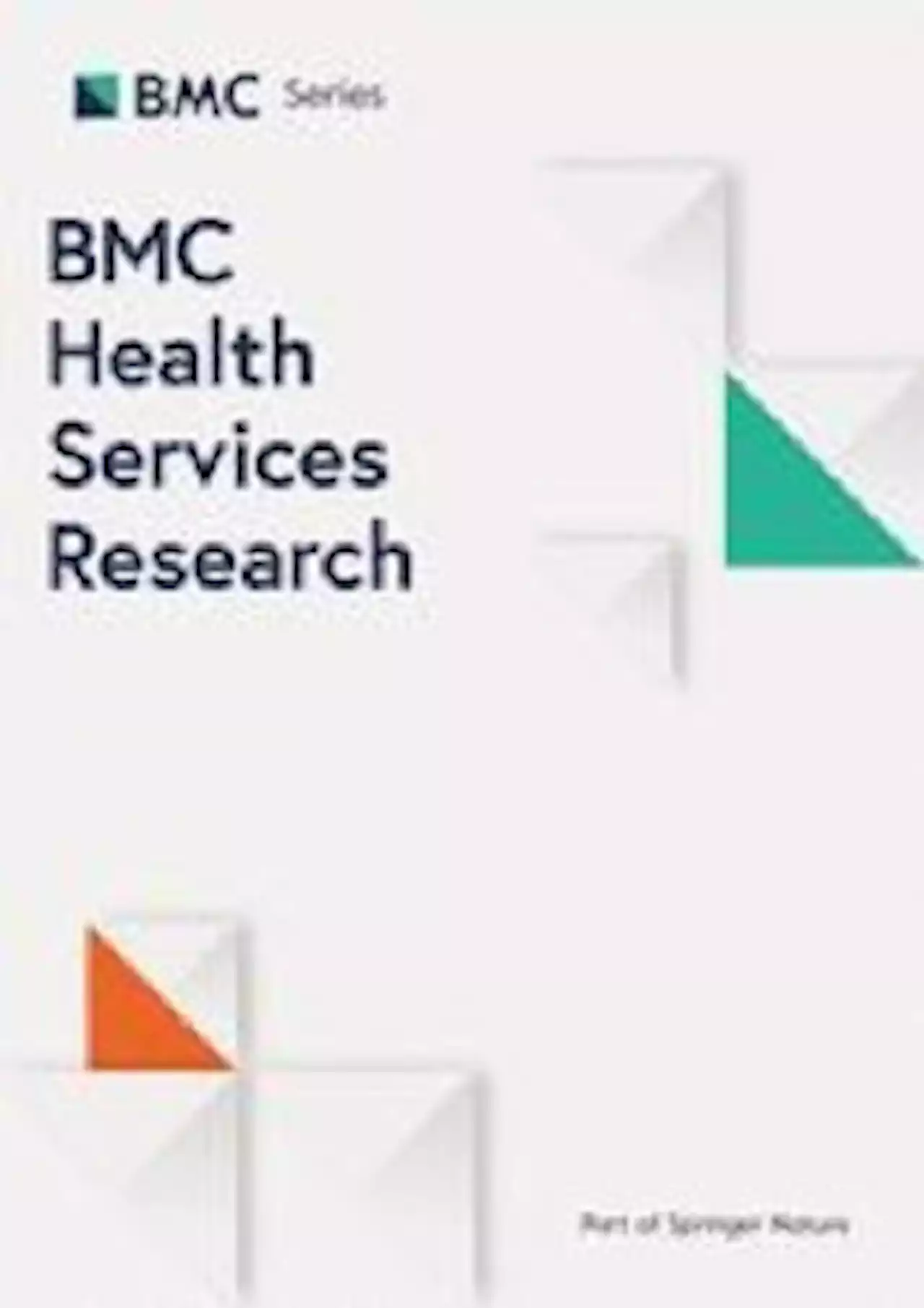A study published in BMCHealthServRes finds that the availability of anti-cancer medicines in cancer-treating hospitals is low in Rwanda and most of them are unaffordable.
]. Affordability was determined for each selected anti-cancer medicine that was available at the day of visit and/or within the last two years. Affordability was calculated as the price of medicines for one course of treatment divided by 1000 . We defined one course of treatment as anti-cancer medication for 30 days, which is recommended by WHO and Health Action International for researches conducted on chronic conditions including cancer.
Stock status within the last two years showed that three cancer-treating hospitals had anti-cancer medicines. Public hospitals had availability of anti-cancer medicines of 15 within the last two years, including one item that was not available in the stock at the time of data collection . The private hospital had availability of anti-cancer medicines of 20 of surveyed medicines within the last two years, including five items that were not available in the stock at the time of data collection .
In Rwanda, the availability of essential anti-cancer medicines is low with a total absence in three major referral hospitals that treat cancers. Cancer treating referral hospitals should have all anti-cancer medicines found on the National Essential Medicines List to promote geographical access to high value and effective medicines.
United Kingdom Latest News, United Kingdom Headlines
Similar News:You can also read news stories similar to this one that we have collected from other news sources.
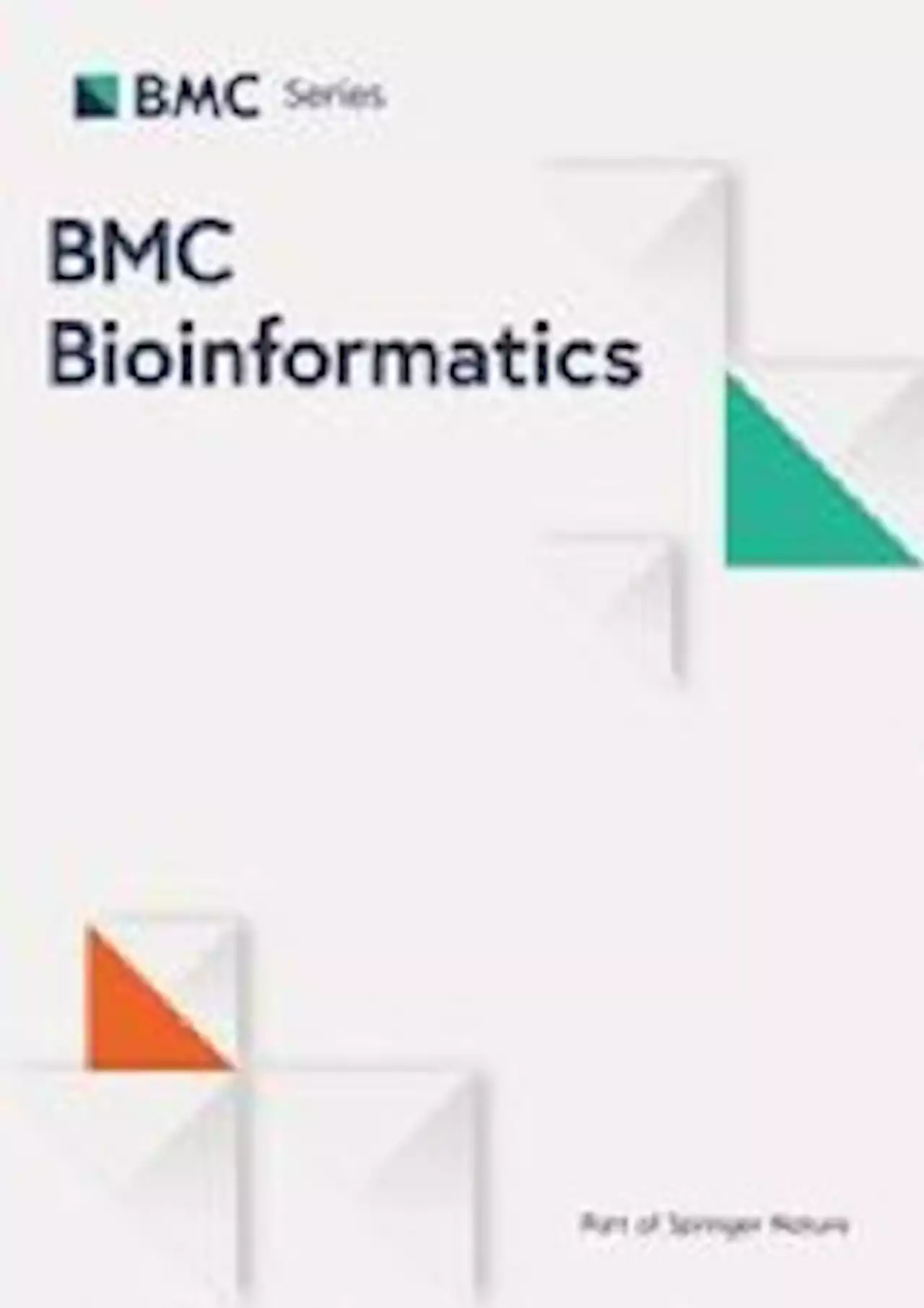 PATH-SURVEYOR: pathway level survival enquiry for immuno-oncology and drug repurposing - BMC BioinformaticsPathway-level survival analysis offers the opportunity to examine molecular pathways and immune signatures that influence patient outcomes. However, available survival analysis algorithms are limited in pathway-level function and lack a streamlined analytical process. Here we present a comprehensive pathway-level survival analysis suite, PATH-SURVEYOR, which includes a Shiny user interface with extensive features for systematic exploration of pathways and covariates in a Cox proportional-hazard model. Moreover, our framework offers an integrative strategy for performing Hazard Ratio ranked Gene Set Enrichment Analysis and pathway clustering. As an example, we applied our tool in a combined cohort of melanoma patients treated with checkpoint inhibition (ICI) and identified several immune populations and biomarkers predictive of ICI efficacy. We also analyzed gene expression data of pediatric acute myeloid leukemia (AML) and performed an inverse association of drug targets with the patient’s clinical endpoint. Our analysis derived several drug targets in high-risk KMT2A-fusion-positive patients, which were then validated in AML cell lines in the Genomics of Drug Sensitivity database. Altogether, the tool offers a comprehensive suite for pathway-level survival analysis and a user interface for exploring drug targets, molecular features, and immune populations at different resolutions.
PATH-SURVEYOR: pathway level survival enquiry for immuno-oncology and drug repurposing - BMC BioinformaticsPathway-level survival analysis offers the opportunity to examine molecular pathways and immune signatures that influence patient outcomes. However, available survival analysis algorithms are limited in pathway-level function and lack a streamlined analytical process. Here we present a comprehensive pathway-level survival analysis suite, PATH-SURVEYOR, which includes a Shiny user interface with extensive features for systematic exploration of pathways and covariates in a Cox proportional-hazard model. Moreover, our framework offers an integrative strategy for performing Hazard Ratio ranked Gene Set Enrichment Analysis and pathway clustering. As an example, we applied our tool in a combined cohort of melanoma patients treated with checkpoint inhibition (ICI) and identified several immune populations and biomarkers predictive of ICI efficacy. We also analyzed gene expression data of pediatric acute myeloid leukemia (AML) and performed an inverse association of drug targets with the patient’s clinical endpoint. Our analysis derived several drug targets in high-risk KMT2A-fusion-positive patients, which were then validated in AML cell lines in the Genomics of Drug Sensitivity database. Altogether, the tool offers a comprehensive suite for pathway-level survival analysis and a user interface for exploring drug targets, molecular features, and immune populations at different resolutions.
Read more »
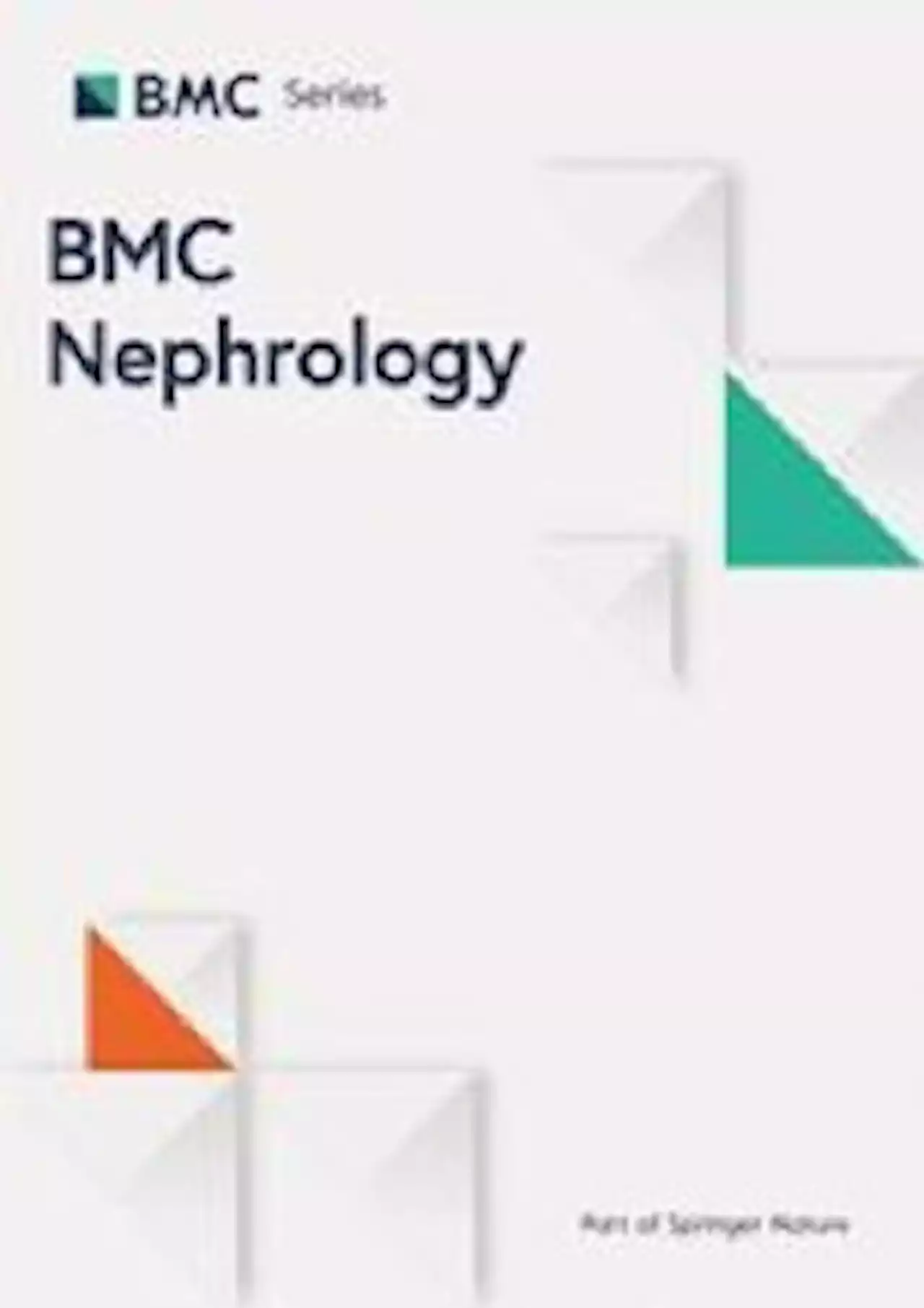 Childhood modifiable risk factors and later life chronic kidney disease: a systematic review - BMC NephrologyBackground Relationships between adulthood modifiable risk factors and chronic kidney disease (CKD) are well-established, but associations with childhood risk factors are unclear. This study systematically assesses the published evidence about childhood modifiable risk factors and adulthood CKD. Methods We searched MEDLINE, EMBASE, and Web of Science to 6th May 2022. Articles were included if (1) they were population-based longitudinal studies, (2) exposures were potentially modifiable, for example through pharmacological or lifestyle modifications, including clinical conditions/measures (diabetes, blood pressure, adiposity, and dyslipidaemia); health behaviours (smoking, alcohol consumption, physical activity, fitness, and poor nutrition); and socio-economic factors (socio-economic position), and occurred during childhood (ages 2–19 years), and (3) outcome was CKD or surrogate markers of CKD in adulthood (ages 20 years or older). Three reviewers independently extracted the data. Results 15,232 articles were identified after deduplication; 17 articles met the inclusion criteria, reporting childhood blood pressure (n = 8), adiposity (n = 4), type 2 diabetes (n = 1), socio-economic position (n = 1), famine (n = 1), cardiorespiratory fitness (n = 1), and a healthy lifestyle score (n = 1). The results suggested positive associations of childhood adiposity, type 2 diabetes, and low socio-economic position and cardiorespiratory fitness in females with CKD in adulthood. Findings were inconsistent on associations between childhood BP and CKD in adulthood. Childhood healthy lifestyle score and exposure to famine were not associated with risk of CKD in adulthood. Conclusions The limited evidence suggests childhood factors may contribute to the CKD risk in adulthood, particularly adiposity, type 2 diabetes, and low socio-economic position and cardiorespiratory fitness in females. Further high-quality community-based studies are needed with long-term follow-up and investigation
Childhood modifiable risk factors and later life chronic kidney disease: a systematic review - BMC NephrologyBackground Relationships between adulthood modifiable risk factors and chronic kidney disease (CKD) are well-established, but associations with childhood risk factors are unclear. This study systematically assesses the published evidence about childhood modifiable risk factors and adulthood CKD. Methods We searched MEDLINE, EMBASE, and Web of Science to 6th May 2022. Articles were included if (1) they were population-based longitudinal studies, (2) exposures were potentially modifiable, for example through pharmacological or lifestyle modifications, including clinical conditions/measures (diabetes, blood pressure, adiposity, and dyslipidaemia); health behaviours (smoking, alcohol consumption, physical activity, fitness, and poor nutrition); and socio-economic factors (socio-economic position), and occurred during childhood (ages 2–19 years), and (3) outcome was CKD or surrogate markers of CKD in adulthood (ages 20 years or older). Three reviewers independently extracted the data. Results 15,232 articles were identified after deduplication; 17 articles met the inclusion criteria, reporting childhood blood pressure (n = 8), adiposity (n = 4), type 2 diabetes (n = 1), socio-economic position (n = 1), famine (n = 1), cardiorespiratory fitness (n = 1), and a healthy lifestyle score (n = 1). The results suggested positive associations of childhood adiposity, type 2 diabetes, and low socio-economic position and cardiorespiratory fitness in females with CKD in adulthood. Findings were inconsistent on associations between childhood BP and CKD in adulthood. Childhood healthy lifestyle score and exposure to famine were not associated with risk of CKD in adulthood. Conclusions The limited evidence suggests childhood factors may contribute to the CKD risk in adulthood, particularly adiposity, type 2 diabetes, and low socio-economic position and cardiorespiratory fitness in females. Further high-quality community-based studies are needed with long-term follow-up and investigation
Read more »
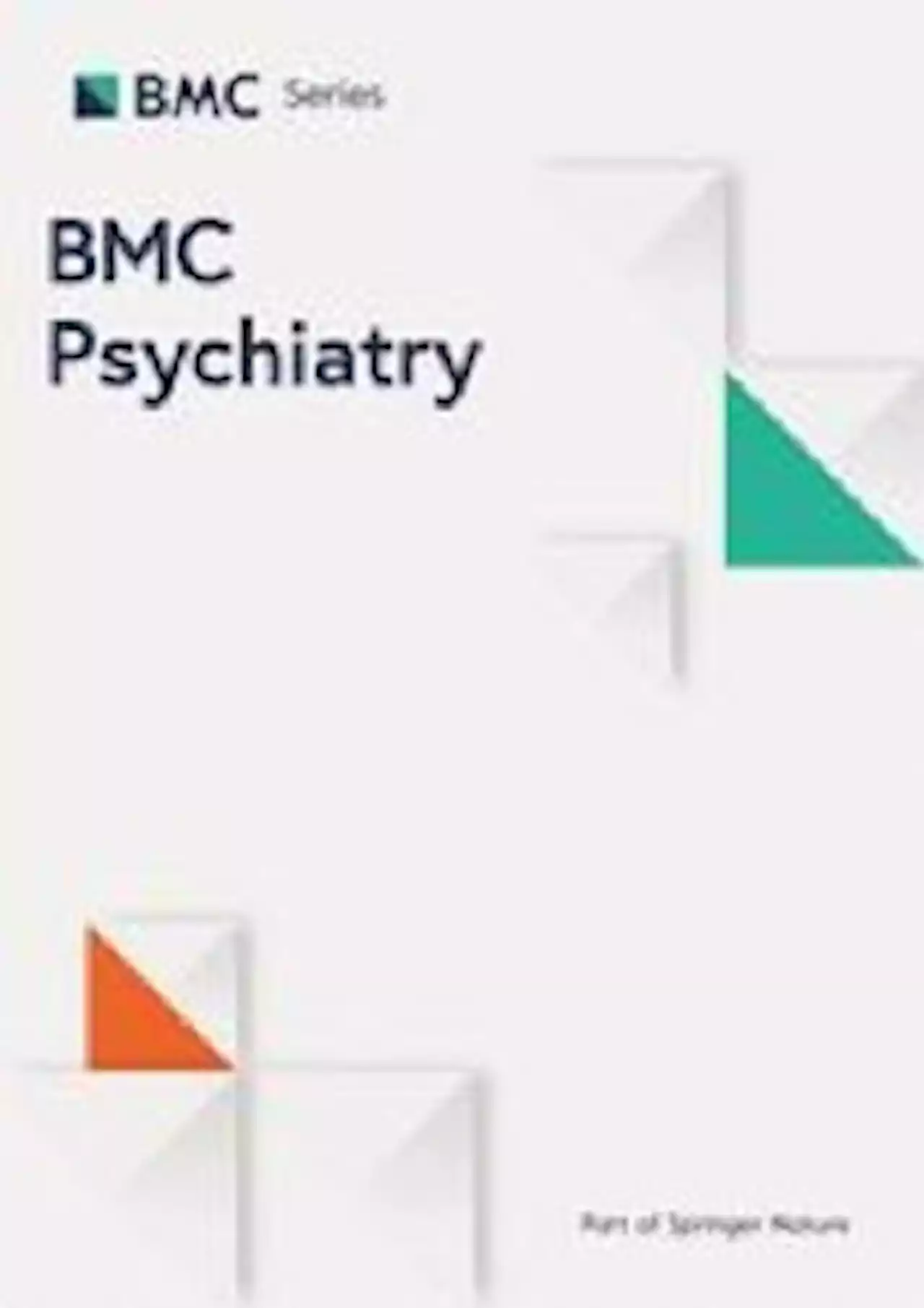 Relationships among autistic traits, depression, anxiety, and maternal–infant bonding in postpartum women - BMC PsychiatryBackground Although several studies have found significant relationships between autistic traits and depression/anxiety, the relationships between autistic traits and postpartum depression/anxiety remain unclear. Moreover, few studies have examined the relationships between autistic traits and mother–infant bonding while considering depression or anxiety. Methods This study used a cross-sectional data analysis design. Participants were 2692 women who completed the Autism-Spectrum Quotient (AQ), Hospital Anxiety and Depression Scale (HADS), and Mother-to-Infant Bonding Scale (MIBS) at 1 month postpartum. We performed path analysis that included parity, the five AQ subscales (social skills, attention switching, attention to detail, communication, and imagination), both HADS subscales (anxiety and depression), and the two MIBS subscales (lack of affection and anger and rejection). Results Our path analysis revealed that higher scores for social skills, attention switching, communication, and imagination were associated with higher scores for depression. Higher scores for social skills, attention switching, attention to detail, and communication were associated with higher scores for anxiety. Moreover, difficulties in social skills and imagination were associated with failure of maternal–infant bonding. However, more attention to detail was associated with better maternal–infant bonding. Conclusions This study suggests that maternal autistic traits are related to anxiety and depression to a certain degree, but only slightly related to maternal–infant bonding at 1 month postpartum. To improve autistic women’s quality of life and that of their newborns, perinatal mental health issues such as anxiety, depression, and maternal–fetal bonding difficulties should be appropriately addressed.
Relationships among autistic traits, depression, anxiety, and maternal–infant bonding in postpartum women - BMC PsychiatryBackground Although several studies have found significant relationships between autistic traits and depression/anxiety, the relationships between autistic traits and postpartum depression/anxiety remain unclear. Moreover, few studies have examined the relationships between autistic traits and mother–infant bonding while considering depression or anxiety. Methods This study used a cross-sectional data analysis design. Participants were 2692 women who completed the Autism-Spectrum Quotient (AQ), Hospital Anxiety and Depression Scale (HADS), and Mother-to-Infant Bonding Scale (MIBS) at 1 month postpartum. We performed path analysis that included parity, the five AQ subscales (social skills, attention switching, attention to detail, communication, and imagination), both HADS subscales (anxiety and depression), and the two MIBS subscales (lack of affection and anger and rejection). Results Our path analysis revealed that higher scores for social skills, attention switching, communication, and imagination were associated with higher scores for depression. Higher scores for social skills, attention switching, attention to detail, and communication were associated with higher scores for anxiety. Moreover, difficulties in social skills and imagination were associated with failure of maternal–infant bonding. However, more attention to detail was associated with better maternal–infant bonding. Conclusions This study suggests that maternal autistic traits are related to anxiety and depression to a certain degree, but only slightly related to maternal–infant bonding at 1 month postpartum. To improve autistic women’s quality of life and that of their newborns, perinatal mental health issues such as anxiety, depression, and maternal–fetal bonding difficulties should be appropriately addressed.
Read more »
The UK’s convenient silence on Rwanda\n\t\t\tLet our global subject matter experts broaden your perspective with timely insights and opinions you\n\t\t\tcan’t find anywhere else.\n\t\t
Read more »
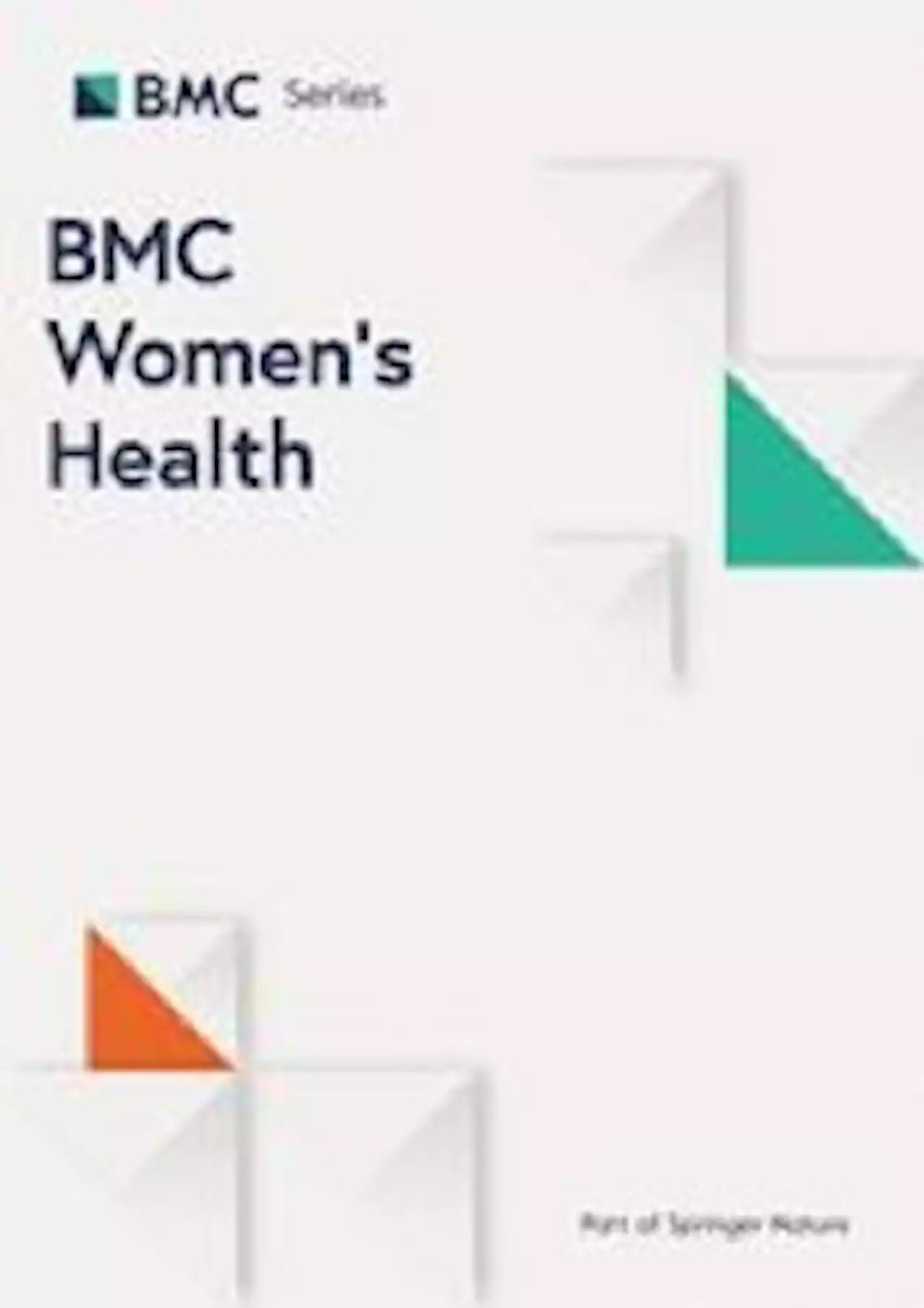 Development of a predictive model for identifying women vulnerable to HIV in Chicago - BMC Women's HealthIntroduction Researchers in the United States have created several models to predict persons most at risk for HIV. Many of these predictive models use data from all persons newly diagnosed with HIV, the majority of whom are men, and specifically men who have sex with men (MSM). Consequently, risk factors identified by these models are biased toward features that apply only to men or capture sexual behaviours of MSM. We sought to create a predictive model for women using cohort data from two major hospitals in Chicago with large opt-out HIV screening programs. Methods We matched 48 newly diagnosed women to 192 HIV-negative women based on number of previous encounters at University of Chicago or Rush University hospitals. We examined data for each woman for the two years prior to either their HIV diagnosis or their last encounter. We assessed risk factors including demographic characteristics and clinical diagnoses taken from patient electronic medical records (EMR) using odds ratios and 95% confidence intervals. We created a multivariable logistic regression model and measured predictive power with the area under the curve (AUC). In the multivariable model, age group, race, and ethnicity were included a priori due to increased risk for HIV among specific demographic groups. Results The following clinical diagnoses were significant at the bivariate level and were included in the model: pregnancy (OR 1.96 (1.00, 3.84)), hepatitis C (OR 5.73 (1.24, 26.51)), substance use (OR 3.12 (1.12, 8.65)) and sexually transmitted infections (STIs) chlamydia, gonorrhoea, or syphilis. We also a priori included demographic factors that are associated with HIV. Our final model had an AUC of 0.74 and included healthcare site, age group, race, ethnicity, pregnancy, hepatitis C, substance use, and STI diagnosis. Conclusions Our predictive model showed acceptable discrimination between those who were and were not newly diagnosed with HIV. We identified risk factors such as recent pregnancy
Development of a predictive model for identifying women vulnerable to HIV in Chicago - BMC Women's HealthIntroduction Researchers in the United States have created several models to predict persons most at risk for HIV. Many of these predictive models use data from all persons newly diagnosed with HIV, the majority of whom are men, and specifically men who have sex with men (MSM). Consequently, risk factors identified by these models are biased toward features that apply only to men or capture sexual behaviours of MSM. We sought to create a predictive model for women using cohort data from two major hospitals in Chicago with large opt-out HIV screening programs. Methods We matched 48 newly diagnosed women to 192 HIV-negative women based on number of previous encounters at University of Chicago or Rush University hospitals. We examined data for each woman for the two years prior to either their HIV diagnosis or their last encounter. We assessed risk factors including demographic characteristics and clinical diagnoses taken from patient electronic medical records (EMR) using odds ratios and 95% confidence intervals. We created a multivariable logistic regression model and measured predictive power with the area under the curve (AUC). In the multivariable model, age group, race, and ethnicity were included a priori due to increased risk for HIV among specific demographic groups. Results The following clinical diagnoses were significant at the bivariate level and were included in the model: pregnancy (OR 1.96 (1.00, 3.84)), hepatitis C (OR 5.73 (1.24, 26.51)), substance use (OR 3.12 (1.12, 8.65)) and sexually transmitted infections (STIs) chlamydia, gonorrhoea, or syphilis. We also a priori included demographic factors that are associated with HIV. Our final model had an AUC of 0.74 and included healthcare site, age group, race, ethnicity, pregnancy, hepatitis C, substance use, and STI diagnosis. Conclusions Our predictive model showed acceptable discrimination between those who were and were not newly diagnosed with HIV. We identified risk factors such as recent pregnancy
Read more »
 Everything you need to know as Pulp play at TRNSMT 2023From ticket availability to the time their set starts, here is everything you need to know about Pulp as they play at TRNSMT 2023 in Glasgow.
Everything you need to know as Pulp play at TRNSMT 2023From ticket availability to the time their set starts, here is everything you need to know about Pulp as they play at TRNSMT 2023 in Glasgow.
Read more »
